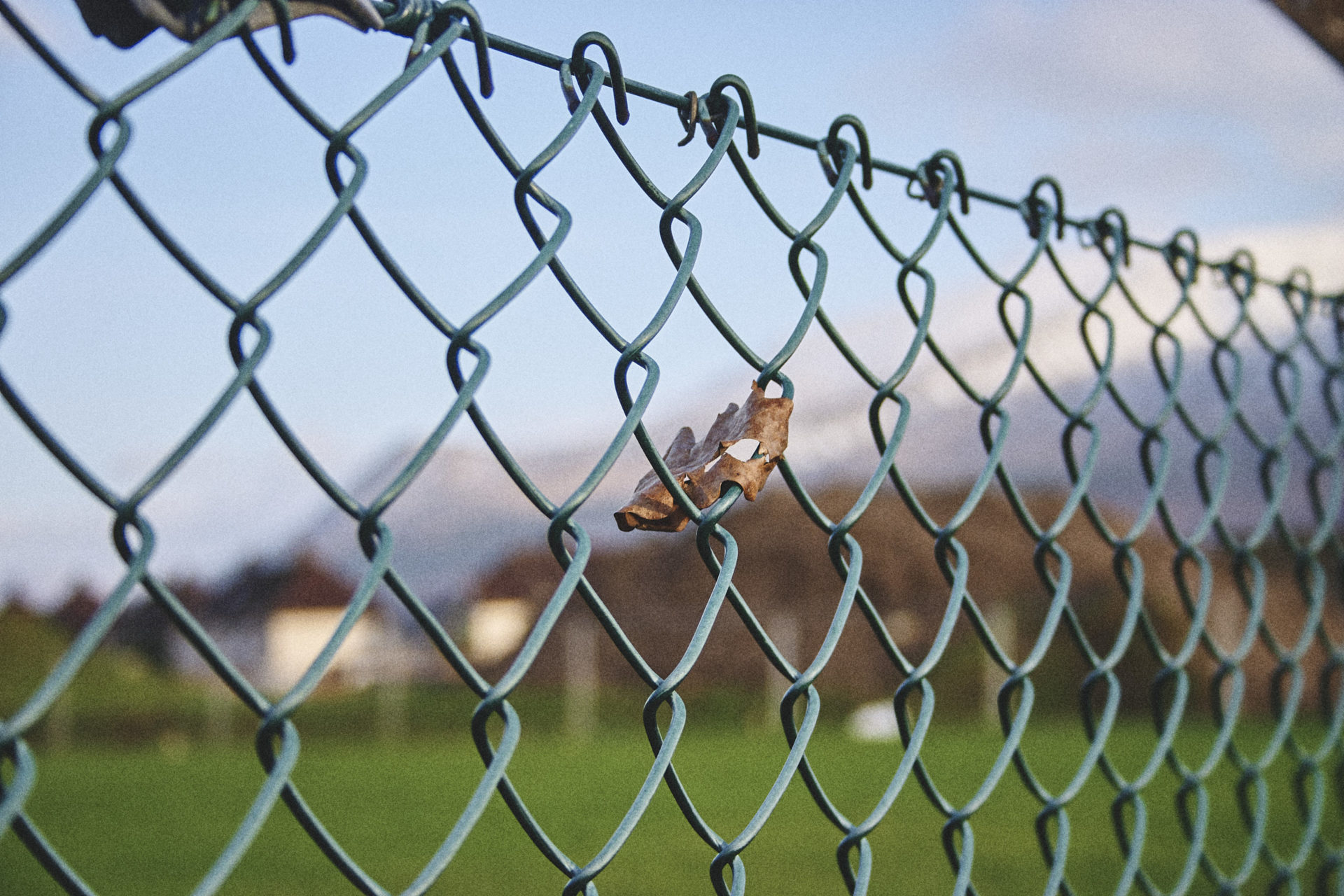
As photographers, we often think that having the latest and greatest equipment is necessary to capture stunning photos. However, sometimes using limited equipment can be a good thing, and that’s precisely what I want to discuss in this blog post.
The Canon 300D, first released in 2003, may seem like an outdated camera to some. Still, it was a ground-breaking product at the time, representing the first affordable digital SLR camera on the market. It offers a cropped 6.3 megapixel CMOS sensor. The ISO range is limited indeed by modern standards, with the highest offer being a grainy 1600. Of the seven available autofocus points, only the centre is particularly accurate. There isn’t any tracking autofocus to speak of. The burst rate stands at 2.5 frames a second for four frames before a lengthy buffering process takes place to save the photos (my vintage 1982 Nikon FM2 film camera manages 3.2 frames a second with its motor drive). Today you can find them unloved on auction sites for as little as £20. I paid £30 for mine because it came with a lens.
Despite its age and all of its technological limitations, this little camera is an excellent tool for photographers looking to explore their creativity and push the boundaries of what is possible.

One of the most significant advantages of using limited equipment is that it forces us to be more creative.
When we have a limited set of tools, we are forced to think outside the box and find creative solutions to achieve the desired result. Instead of relying on the latest gear to do the work for us, we are forced to use our imagination, experiment with different techniques, and think critically about the composition, lighting, and other elements of the photograph.
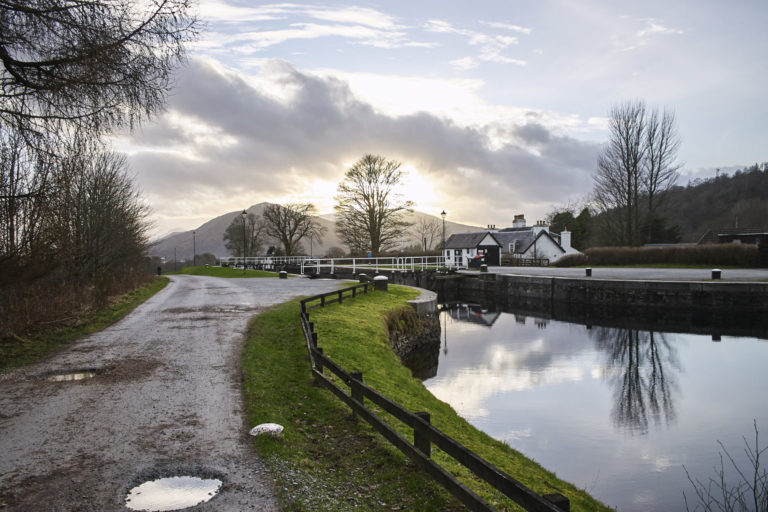
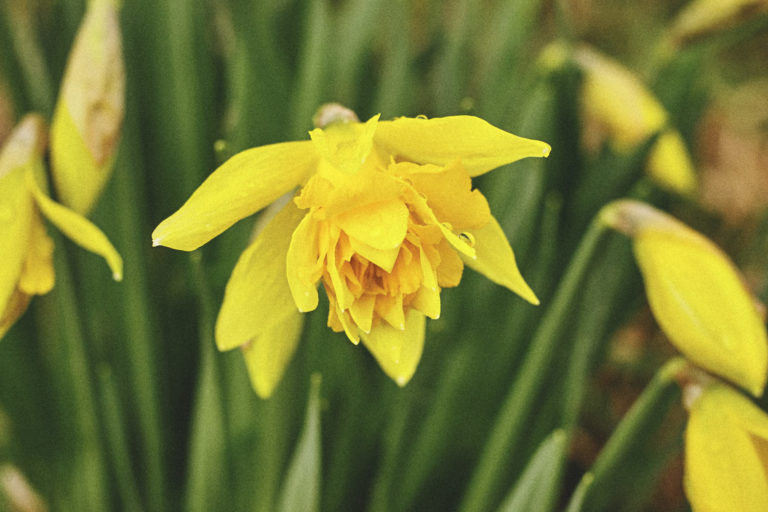

The Canon 300D is a perfect example of how limited equipment can help unlock your inner creativity. The camera has several technological limitations compared to modern DSLRs, such as lower resolution, slower autofocus, and limited ISO range. However, these limitations should not be seen as barriers to creativity but rather as opportunities to push the limits of what the camera can do.
Using limited equipment puts bigger demands on your own technical skills. When you have fewer tools at your disposal, you need to have a solid understanding of the fundamentals of photography, such as exposure, shutter speed, aperture, and ISO. By mastering these basics, you can create stunning photos with even the most basic equipment.
The Canon 300D is an excellent camera for testing these skills. With its limited dynamic range, you need to be precise with your exposure settings to avoid underexposed or overexposed photos. The aging sensor doesn’t have the flexibility to fix things afterwards, even if you shoot in RAW. Similarly, the camera’s slow autofocus can be challenging to work with. It is outpaced by even 10 year old smart phones. If you persevere though ,it can help you learn to plan shots ahead of time by anticipating where the subject will be, or by using the focus-recompose technique.
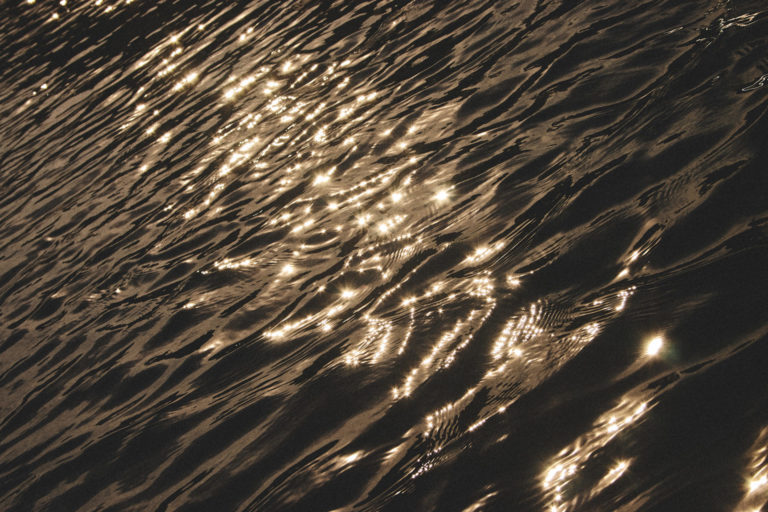

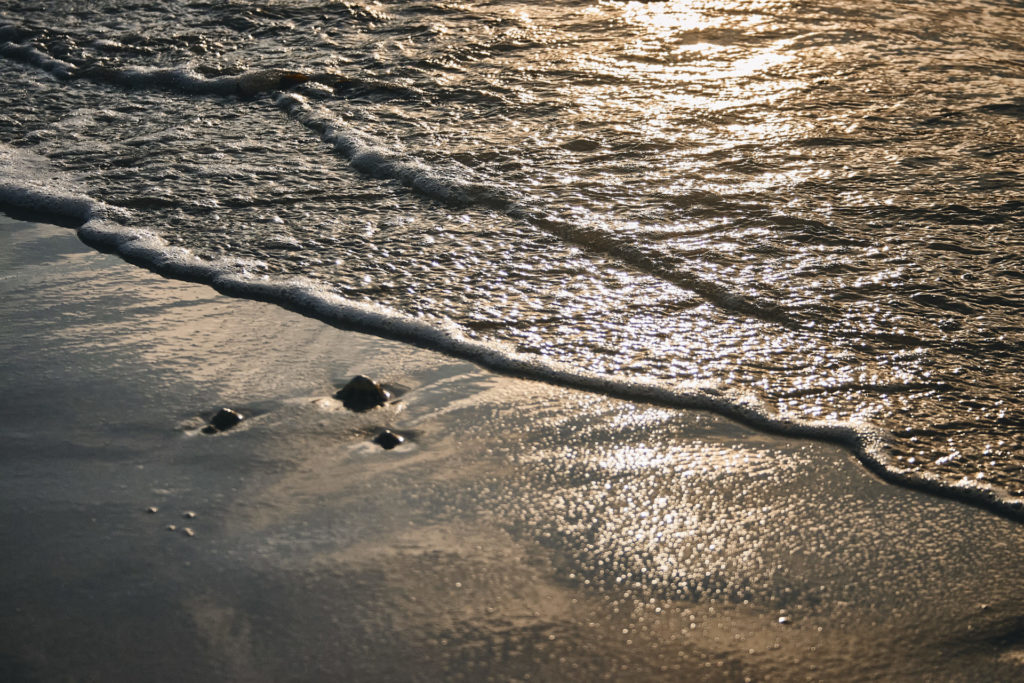
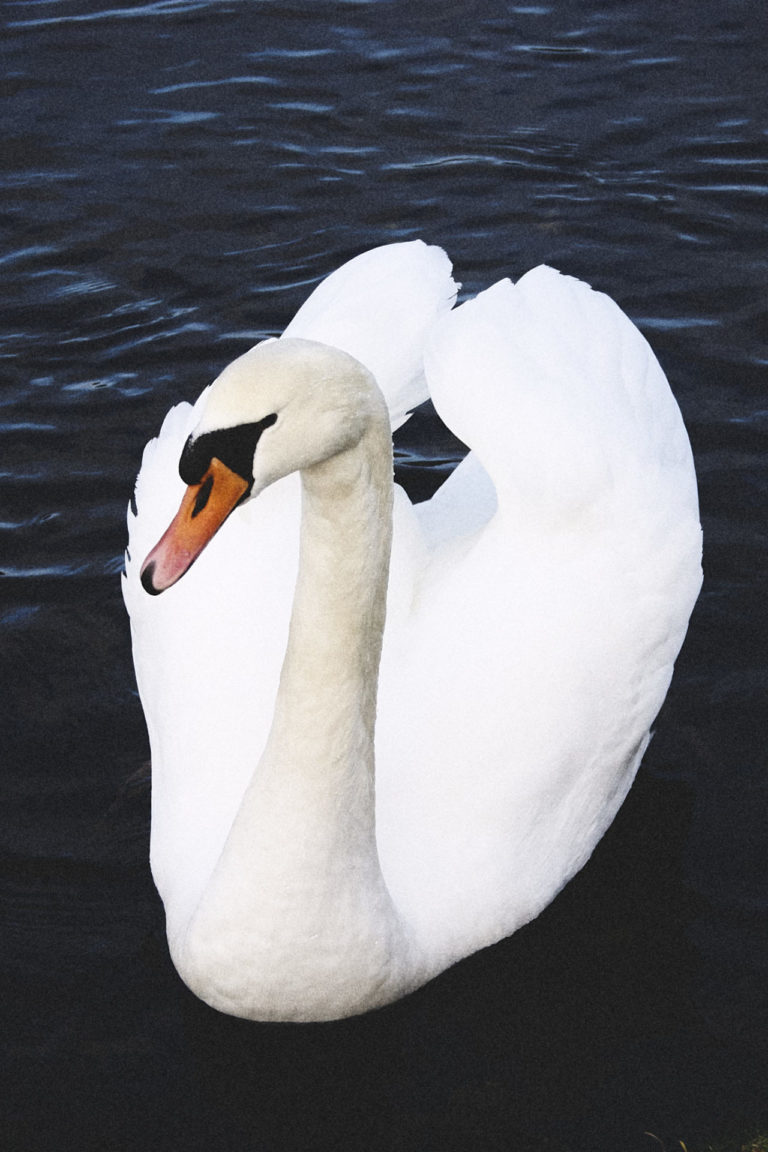
Using such limited equipment keeps the photographer focused on the creative process. The opposite of what you might think. Having to work things out for ourselves pushes us to be present and to think about what we are doing, and more importantly why we are doing it.
When we have a lot of tools at our disposal, it’s easy to get distracted by the latest features and technology, which can detract from process of creating art. By using limited equipment, we can focus on the essence of photography, which is capturing beautiful moments and telling a story through our images.
The Canon 300D is about as basic a photographic tool as it gets in the digital camera world. It gives you full manual control of the exposure triangle, but very little else. No burst modes or AI tracking to be seen here.
For staying focused on the creative process, there isn’t a lot that is better. You, the photographer are forced to focus on the composition, lighting, and other creative elements of the photograph. Stay present in the moment and fully immerse yourself in the process, and this will always lead to more inspired and compelling photos.
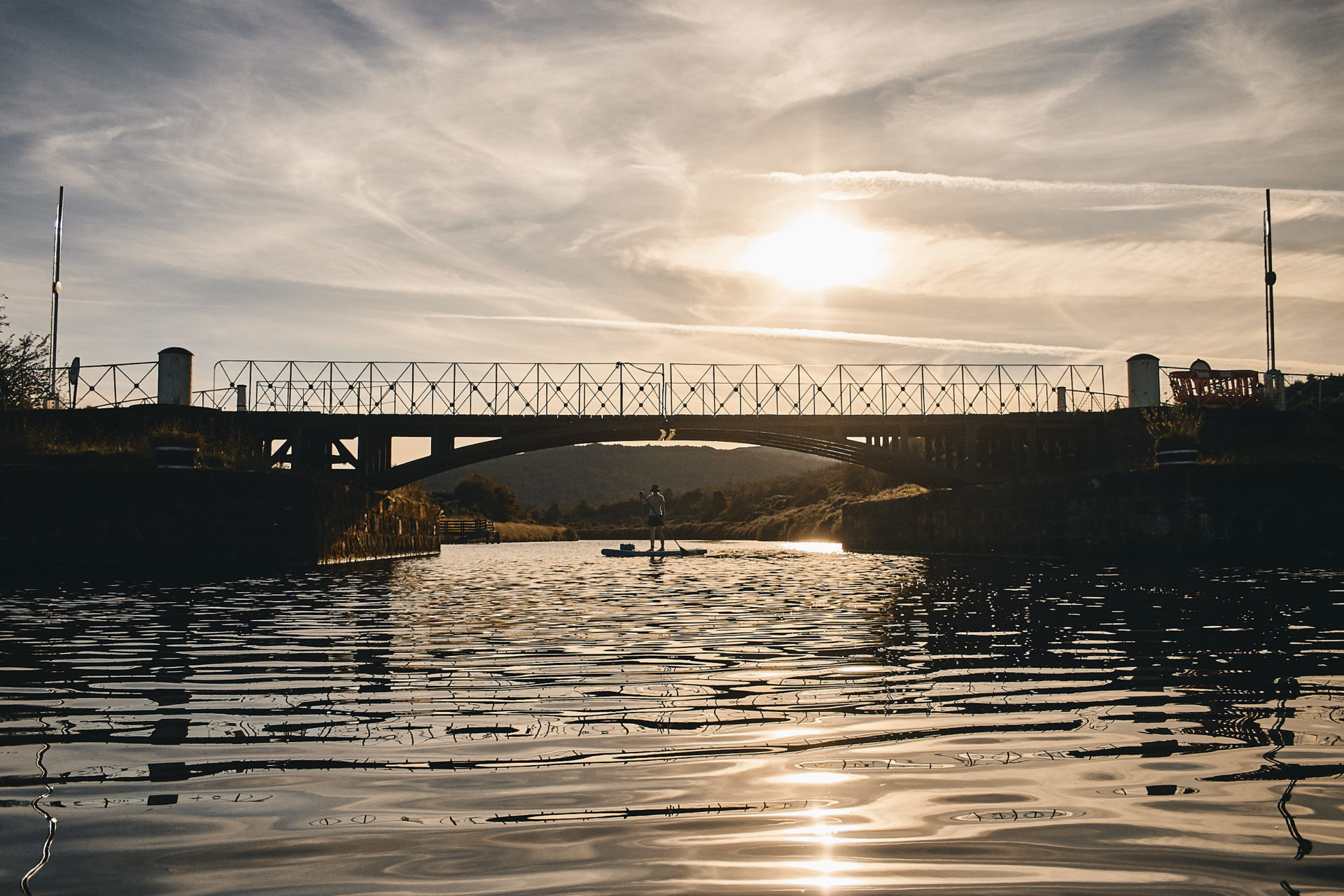
While modern cameras and smartphones may offer more advanced features and technology, they can be a double edged sword. The more the technology does to help, the more it is a step away from genuine authenticity. The character is lost when we let the machine do too much.
By using limited equipment, we can focus on the essence of photography and create stunning photos that tell a story and capture beautiful moments. It’s no secret that film photography is undergoing a big resurgence at the moment and I think this is a part of the reason why. Often these analogue photos are technically flawed, but by the same token, they are artworks deep with rich emotion.
Oh and don’t fall for the megapixel wars – all the photos on this page came from a 6.3 megapixel camera that was released on the 20th of August 2003. You can make art with whatever you have access to.